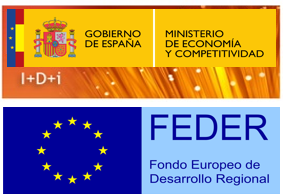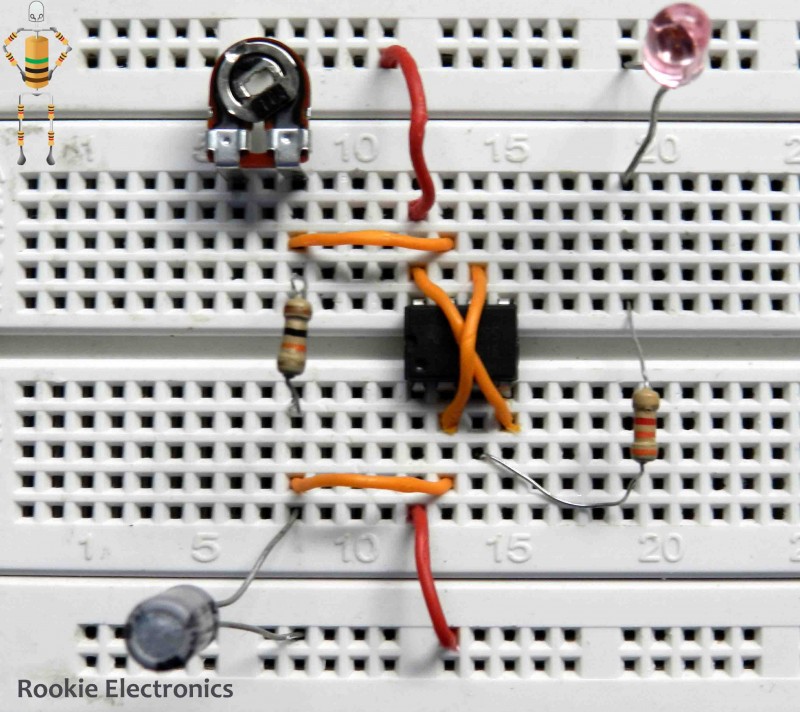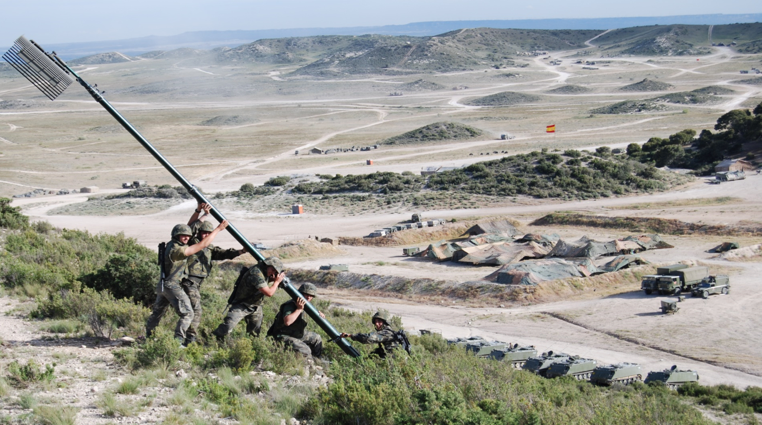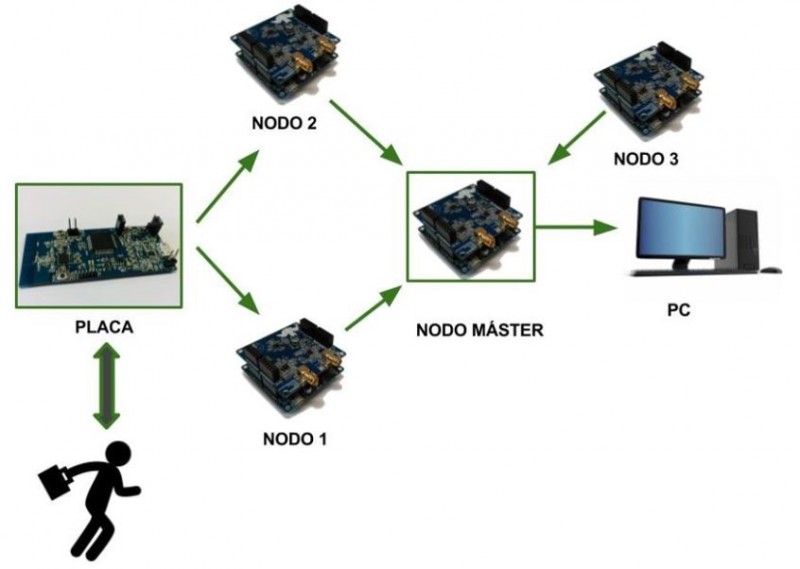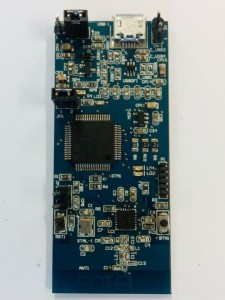Traffic information has multiplied by three its volume market in the last five years. It is also expected that will continue growing greatly in the next years.
However, there are some fields still to be studied and probably exploited regarding traffic information. Such is the case of the integration of both the number of cars and their proper identification.
That is the starting point for the “All in One” project whose objectives are to create an integral traffic monitorization platform with low cost hardware and extended information.

The hardware platform developed will have one radar device for counting vehicles and a Bluetooth interface for identifying them. With this data available and using data integration techniques it will be possible to achieve a level of traffic information yet unknown.
Our group, the B105 Electronic Systems Lab is the one in charge of designing and developing the low-cost radar system. This system includes the electronic for adapting and handling the RF signals as well as the processing modules and digital filters for those signals.
In this project, there are other research groups and some companies involved. As research groups, we are working together with i3-UPM and CEI. The companies we are collaborating with are ACEINSA, KINEO and IPS. This consortium will allow to achieve the project objectives by integrating some partners with expertise in each of the modules of the whole system.
